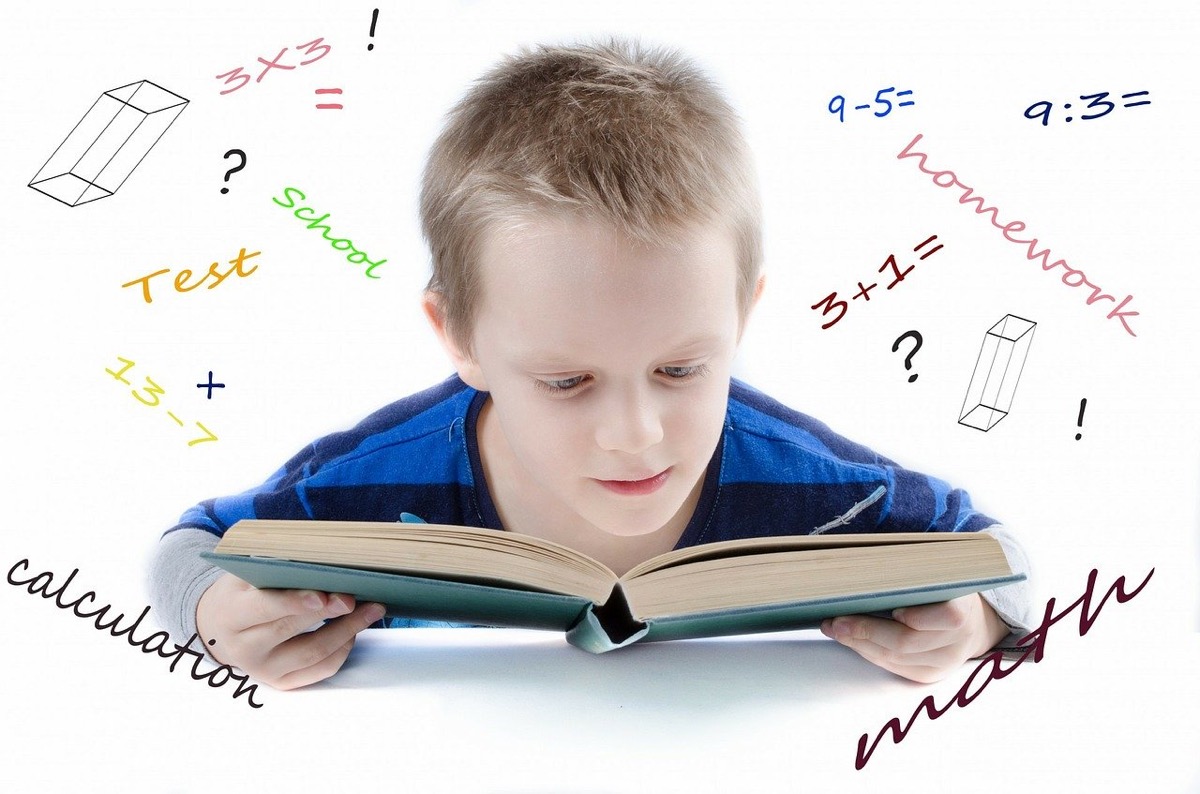
The process of experimenting with numbers and developing number sense begins in young children. before they are able to count reliably. They may be able to tell you how old they are, how many fingers they have on each hand, or how many candles are on their birthday cake.
Through imitation of adults and older children, they begin to learn the names and symbols of numbers, although at this stage they do not yet have much meaning for them. Soon, they begin to count. There are two stages of counting that all children go through: memory counting and rational counting (one-to-one correspondence).
What is memory counting?
Memory counting basically means counting like a parrot. It is when a child learns the names of the numbers and can say them verbatim in sequence. Counting Memory is important because children need to memorize the names of the numbers so that they can associate each name with a symbol and learn them in the correct sequence.
At what age can a child count to 10?
A child as young as 2 is often able to count to 10. By the time school starts, he may be counting to 100 and up. Children begin by learning the names of numbers and may confuse the sequence of numbers, but with time and practice they can number the numbers in the correct order.
In this sense, we are saying number the numbers, not counting, because counting is actually a different skill.. Listing the numbers depends on being able to memorize the names of the numbers in sequence. A child who can count by rote may not necessarily count every object once or may count the same object multiple times.
What is rational counting?
Rational counting means that a child can name each object the correct number as they are counted in succession. Then you can answer the question of how many objects are there in all.
One-to-one correspondence
A one-to-one correspondence is an important distinction between memory counting and rational counting! A child who is capable of rational counting is not simply reciting a list of numbers in order. Rather, you can use one-to-one correspondence when counting.
This means that you can count a set of 5 objects by pointing to each object and assigning each object the next numeric name until each object has been counted once. A child who has not yet developed one-to-one correspondence may skip an object, count an object more than once, or still not see a connection between the names of the numbers and the objects.
Later, the child will learn to count backwards, to count skipping (for example, counting two by two, five by five, etc.) and, finally, recognize the value of a group of objects with the naked eye (for example, a set of 5 objects).
Memory counting versus rational counting
The difference between memory counting and rational counting is that the former is a process of memorizing the names of numbers in sequence and the latter is the process of developing an understanding of the value of numbers. Obviously, If a child can only recite numbers in order, it is not an indication of their actual mathematical understanding of numbers.
Therefore, it is important, once your child can count to a reasonable number, shifting focus from making that number bigger and bigger and more to making sure your child can count reliably a small number of objects.
